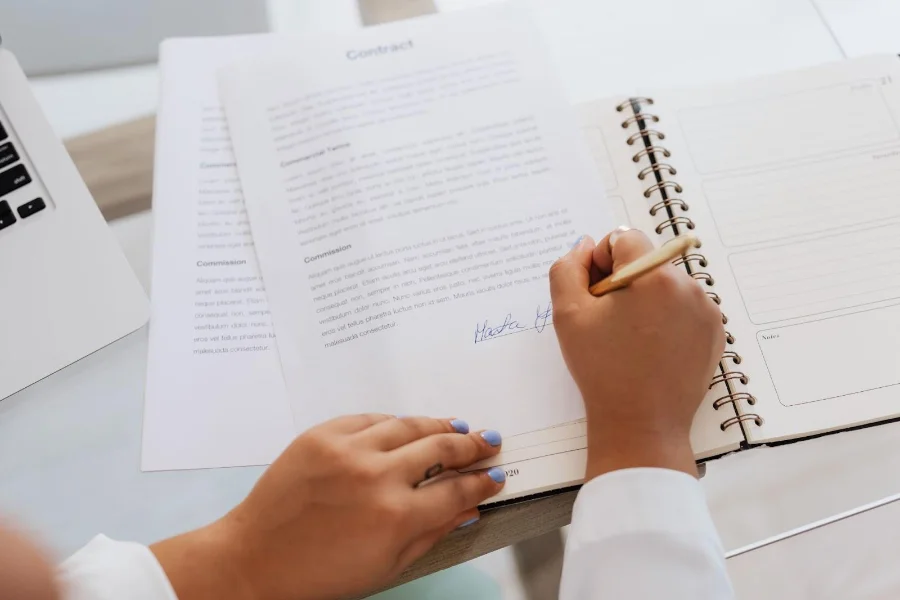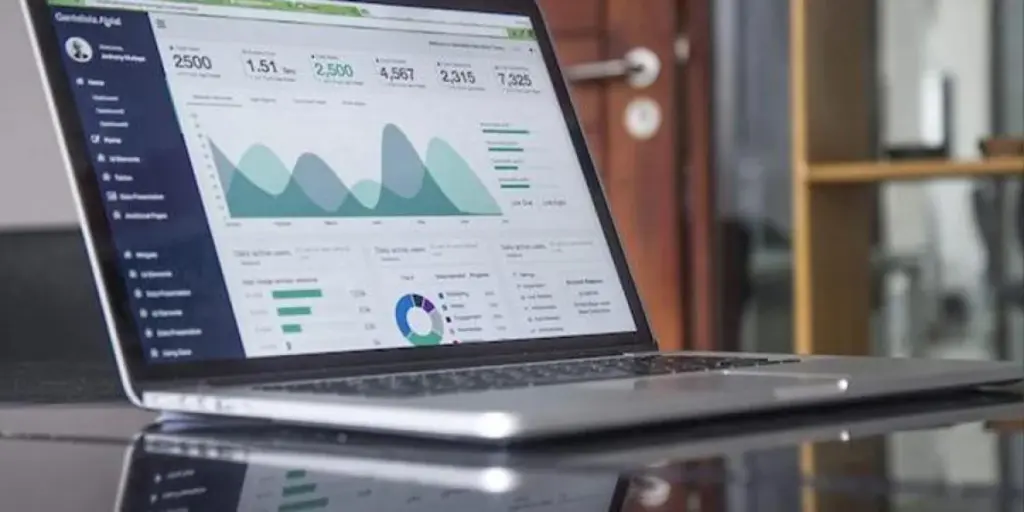Becoming a successful procurement negotiator is not about getting victory. It’s about connecting and building a relationship that creates a win-win situation. If you dread negotiation, these tips will help you find the courage to approach the process. Walk into the next meeting empowered with the right ideas.
Table of Contents
Phases of negotiation process in procurement
Top skills for successful procurement contract negotiation
Conclusion
Phases of negotiation process in procurement
Preparation
Preparation and research are critical in the procurement negotiation process. They set the pace for a successful negotiation, so they are a crucial phase in procurement talks. The process starts with the following:
Setting negotiation objectives
You must set objectives for the negotiation, and they include:
– Price
– Payment terms
– Quality
– Delivery
– Value for money
– Product/service’s lifetime costs
– After-sales services and maintenance
– Determination of the importance of the product or service to your business
Setting the objectives helps you map out aspects of the purchasing that you can or cannot compromise. Therefore, you prepare better for the outcome of the negotiation instead of blindly entering into a deal with the supplier.
Researching about the supplier
Preparation also entails knowing the supplier with whom you are dealing. Conduct basic research on the supplier to know how much bargaining power you wield over them. For instance, a supplier running a near monopoly is difficult to budge during the negotiation because the business already has many customers. In contrast, a new entrant into the supply business is willing to impress and attract you to their venture, increasing their market share.
Developing a negotiation strategy
With your negotiation objectives and supplier information, you move on to the next step; developing a strategy. Arm yourself with the right approach to set clear goals and identify the markings of accepting or turning down the deal during negotiations.

For instance, define your priorities regarding pricing, delivery schedule, and goods’ specifications. Determine what you will receive in exchange for fulfilling the other party’s demand, like paying the full price for quick delivery.
A strategy also helps you strengthen your bargaining power. This way, the supplier doesn’t use their negotiating strengths to catch you flat-footed while bargaining.
Selecting your negotiation team
Of course, your strategy would be pointless if you don’t have the right resources to articulate it. Therefore, you must select a competent negotiating team to help you bargain for the right deal with suppliers. Ensure the team members have the necessary negotiating skills and match the seniority of the supplier’s team.
Assessing other suppliers
Don’t limit your options and negotiate with only one supplier. Adequate preparation for negotiation means you widen the scope and reach out to multiple suppliers to find the best offer.
Inform the suppliers about the offers you received from other sources. This negotiation tactic helps entice the sellers to provide you with the best offer to increase their chances of securing a contract with you.
A supplier with many competitors will be willing to match their offers or give you a better deal so that you favor them for a contract. Suppose you want to buy second-hand tools; supplier 1 negotiates for 20,000 units for $5000 with free and fast delivery, and supplier 2 offers the same amount of units for $4800. Also, supplier 2 charges you $250 for standard delivery.
Armed with this information, you can negotiate with supplier one and inform them of the lower quote of the competitor. Alternatively, you can inform supplier 2 of their competitor’s free expedited delivery. Let the two suppliers give you second offers to choose the most practical one for your business.
Opening

Present a compelling opening by precisely and positively communicating the aspects of the deal you want to discuss. Use the information you compiled while preparing to state your stand and negotiate. Once both parties are satisfied with the discussion points, you can begin the process.
However, you must set a conducive environment for the negotiation to move smoothly from the opening stage. Otherwise, the process will stall even before it begins. Hence, it is crucial to build a rapport before the meeting.
Forge a personal connection with the opposing party before sitting at the negotiation table. You can set up an informal breakfast or lunch meeting where you discuss matters unrelated to the upcoming negotiation. It helps set a friendly mood for the talks to begin.
Testing
The testing phase involves inquiring about the supplier’s best price for bulk orders. When you get the price, propose the exact quantity you need with an offer that resonates with both negotiating parties. Be mindful of your bid so that neither you nor the seller suffers a loss if you close the deal successfully.
This phase involves asking questions and actively listening to the other party’s responses. You can employ silence as a tactic to encourage the supplier to talk more or give you ample time to think through the offer.
Proposing
In this phase, you inform the supplier of what you intend to achieve from the negotiation. The seller also proposes their expectations of the deal. Building a solid persuasion involves being confident and advancing your interests in the talks.
If you aren’t confident in your proposal, you can request a brief break to prepare better arguing points from what you learned in the opening and testing stages. You can shift your proposal or reframe the negotiation with the new understanding you gained during the initial phases.
Persuade the other party by showing what they will get from the deal or what they risk losing should they turn down your offer. It helps you build a solid persuasion to back your negotiating points.
Bargaining
The bargaining phase involves telling the supplier why you are the best customer for their business. A supplier would be so impressed with your positive reputation among other suppliers that they would want to work with you long-term even if you ask for a significant price cut.
You can employ the Good Guy/Bad Guy strategy to spin the bargaining in your favor. Salespeople use this strategy to imply that one of their team members (the good guy) agrees with your offer. However, another member (the bad guy) opposes it and asks for renegotiation.
You can wiggle your way out of this cycle by asking to be present when the “good guy” presents your case to the “bad guy.” Ask to negotiate with the authority who can give you the final offer instead of going back and forth with the good guy/bad guy, disarming the supplier’s strategy to wear you off.
Then, know how to negotiate on price before accepting the deal. Don’t agree with the first offer, make a counter-offer, and see how the supplier revises it. Bargain for a better deal, for instance, bulk discounts or better packaging. Eliminate other price-influencing factors that you feel aren’t necessary for your business to lower the deal’s cost.
Also, when bargaining, ensure the supplier doesn’t give you a price range; they should give you the exact price of the deal. They may offer a price range but charge you the costlier side of it. Avoid this by asking how low they are willing to go at the beginning of the price negotiation. Hence, you hasten the negotiation and are ready to transition into the agreement stage.
Agreement
This phase involves both parties to the negotiation agreeing on the terms of the bargain and settling for a specific procurement arrangement.
Closure

The final step in the procurement negotiation process is closing the deal with a written contract. The contract is drawn up and signed by the negotiating parties. The matters outlined in the document include:
– The price, payment terms, and delivery of the goods/services.
– The supplier’s ownership rights to the goods until you fully pay for them.
– The purchaser’s statutory rights and the supplier’s contractual liability.
Aim to sign a procurement contract that shields your interests and transfers liability to the supplier. Write a confirmation implying how you will use the supplier’s products and ask them to do the same, confirming whether what they are selling you is suitable.
Also, the contract should feature details like aftersales services, faulty goods replacements, penalties for failing to honor the delivery terms, and dispute resolution mechanisms. Ensure that the document outlines how to exit the arrangement should there be dissatisfaction from either party.
Top skills for successful procurement contract negotiation
The following are vital skills you need for a successful procurement contract negotiation:
Active listening

Be an active listener to note what the other party at the negotiating table says. It helps identify issues you would want to be addressed or clarified. Also, listening lets you determine the points in your bargain that you need to strengthen to present valid counter-offers. Hence, the negotiations are more likely to be successful.
Patience
Patience is key to securing a good deal during procurement negotiations. The process involves several offers and counter-offers. Hence it might benefit you if you wait until the supplier presents the most suitable one for you.
Some sellers rush through the negotiations and want to close the deal as soon as they make the first offer with the reasoning that it is the best. You shouldn’t succumb to this pressure, but bargain the price as low as possible. Or, if the price remains constant, negotiate for additional benefits such as free delivery. Once satisfied with the terms, you can then sign the deal.
Problem-solving skills
You should think creatively and provide viable solutions to any negotiation problem. Such problems include failure to agree on certain aspects that both parties don’t have in common.
A friend indeed
As you edge closer to finalizing the negotiation, be intentional about wanting to keep the relationship long-term. Sustain the relationship by adding value to your work relationship. For instance, give the suppliers strategic advice to help them increase efficiency and cut down on costs. This way, there are better chances of closing a good deal.
Let no salesman ride your emotions

The most important tip for surviving the negotiating table is to avoid manipulation from the other parties. Salespeople often try to manipulate you by meddling with your emotions so that they can gain the upper hand in the negotiations. Keep the process purely professional, but you can make it fun and still secure a good deal.
Conclusion
You don’t require a background in procurement to be excellent at negotiation. These tips will help you get to your subsequent purchasing discussion like an expert. Master the seven stages of procurement negotiation to save time and money. All in all, this guide enables you to become a more empathic negotiator when sourcing on Alibaba.com.




